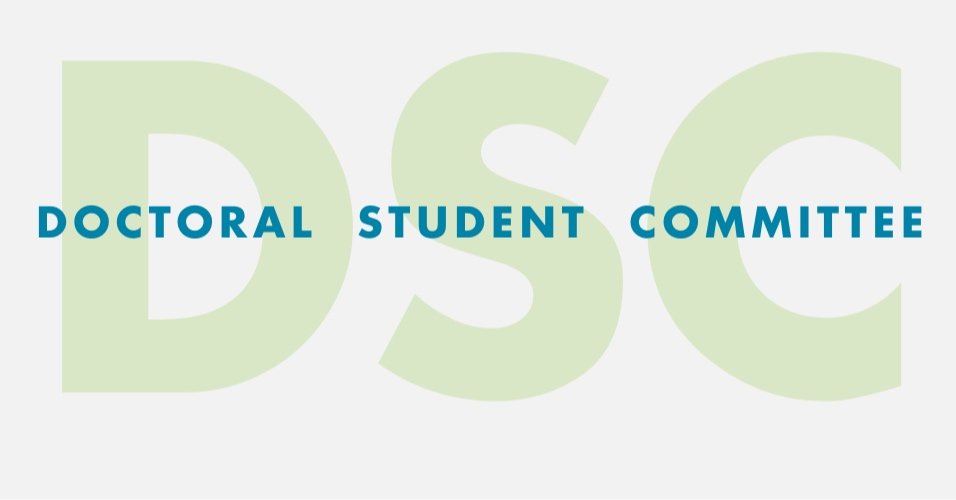Universal Design in Higher Education
Universal Design for Learning (UDL) is a framework, or approach, that gives ALL students an opportunity to succeed in educational environments
It confronts the primary barrier to equitable learning opportunities and outcomes: inflexible, “one-size-fits-all” curricula. Inflexible curricula raise unintentional barriers to success for all students, particularly for those who have identified or unidentified disabilities. Rather than providing individual accommodations once a student is struggling with curricula, UDL proactively supports a more diverse student population, maximizing access for all from the outset.
THE THREE CENTRAL PRINCIPLES OF UDL ARE:
Provide multiple, flexible methods of representation
Provide multiple, flexible methods of expression
Provide multiple, flexible options for engagement
As a former elementary special education teacher, I was trained in promoting the evidence-based practice of UDL in my inclusive classrooms. For example, my co-teachers and I designed each and every lesson plan to include multiple possibilities for demonstrating knowledge or completing assignments, presentations of all new information in auditory, visual, and tactile formats, and access to fidget toys for any student that needed it that day. We provided these accommodations for EVERY student, allowing them to customize their learning experience to what works best for them. Rather than pulling our students with special education plans from the classroom to give them individualized support, we offered that support to all our students within the classroom. We assumed that barriers to our students’ learning were in the design of the environment, rather than in the student, and adjusted the environment accordingly. We also were aware of the diagnostic disparities among children of color and low socioeconomic status, including the late and misdiagnoses among these populations. We knew that if we only provided accommodations to students with diagnoses or special education plans, we’d be failing to meet the needs of all students with disabilities in our classrooms and perpetuating oppressive teaching pedagogy. Needless to say, we saw immense progress in all our students.
I now teach adults in master’s level social work courses at my university, and I’ve noticed that many of the tools I used with my elementary school students years ago can be applied to older learners. Each semester, students with school-approved disability accommodations meet with me to ensure they receive the flexible deadlines, extra time on exams, and/or course modifications as laid out in their official accommodation letter. Many are surprised to learn during this meeting that I offer these accommodations to every student in my class regardless of being approved for them. Furthermore, there are other relatively simple UDL methods that can be incorporated into higher education classes:
Agendas and objectives posted at the beginning of each class
Clear expectations and consistent feedback
Routine breaks
Multiple modes of participation: in class, small groups, reflective journals, online discussion boards
Presentation of new information in multiple media types: podcasts, videos, simulations, poems, songs, books, newspapers, stories, articles
Clear options and choice for assignments
Closed captioning on recorded lectures/videos
Interactive learning activities
Regular opportunities for anonymous student feedback
Optional graphic organizers for note-taking
Transparent face masks during COVID-19 in-person teaching
An open box of fidget toys (noticeably used more during finals)
The list goes on. I’ve noticed that students feel supported and engaged by many of these “small” course adjustments. Through UDL, we are able to recognize individual learning variability as the norm, rather than the exception, and in doing so, we can maximize access to higher education for all types of learners. UDL should be prioritized in the design of higher education social work curricula to ensure a more equitable, anti-oppressive, and diverse field.
Additional Resources:
http://udloncampus.cast.org/page/udl_landing
Originally Published in the October 2022 issue of SSWR DSC Monthly Monitor. Check it out here.
